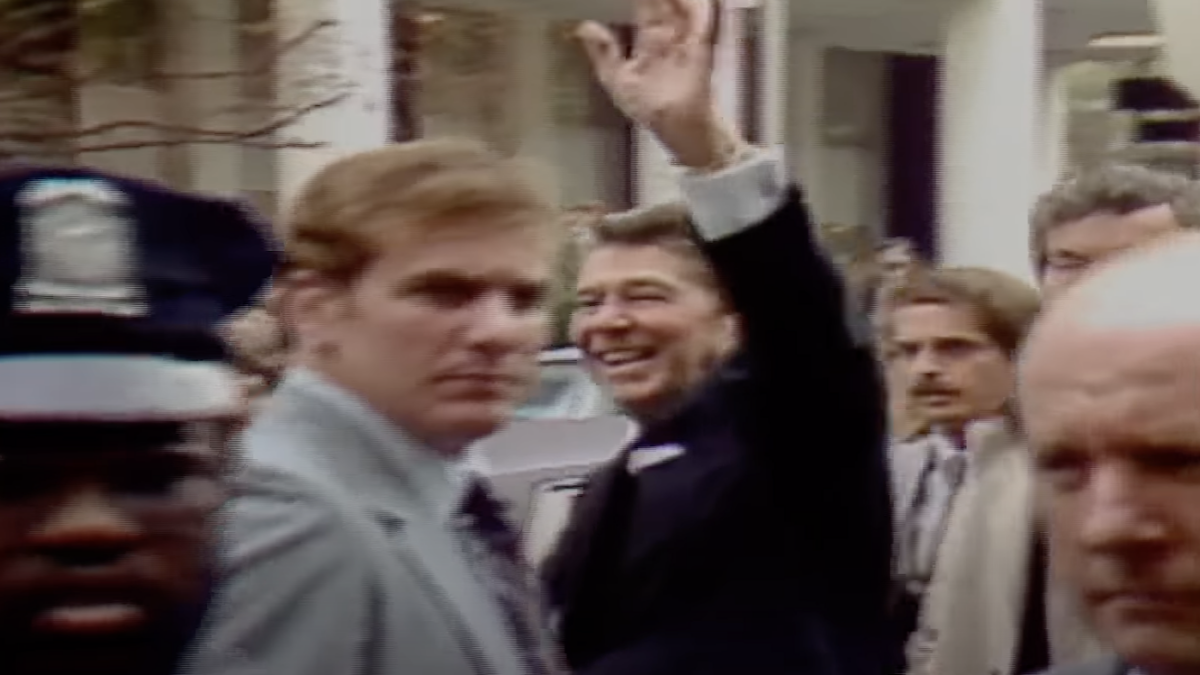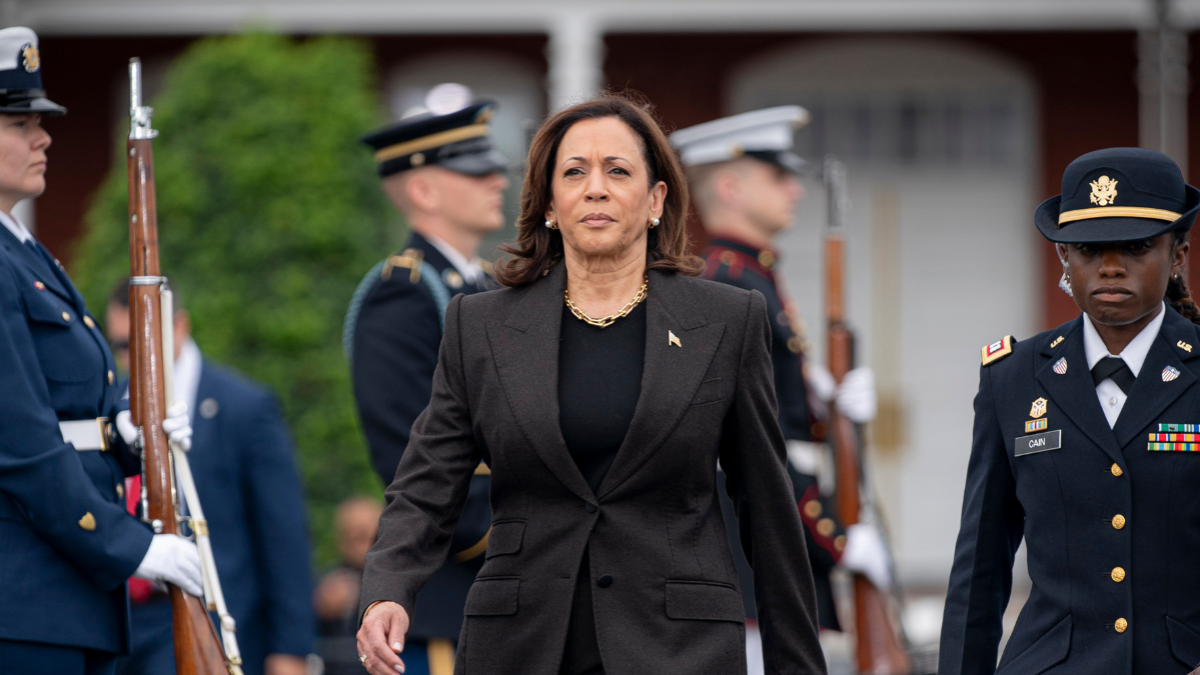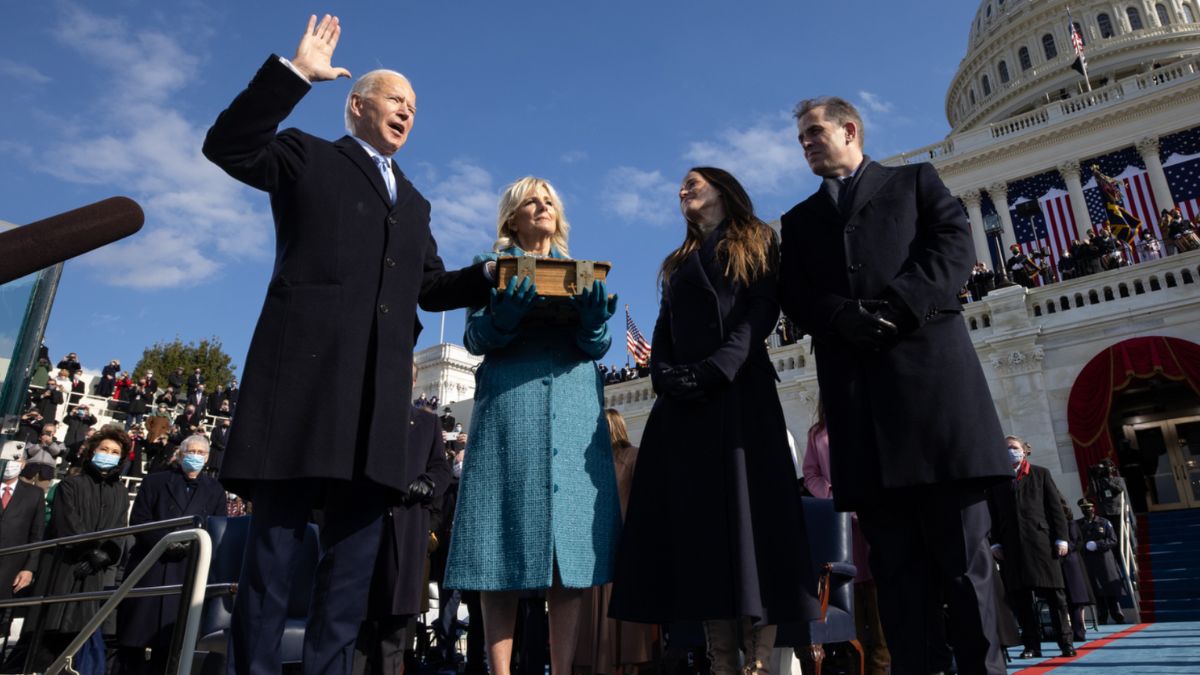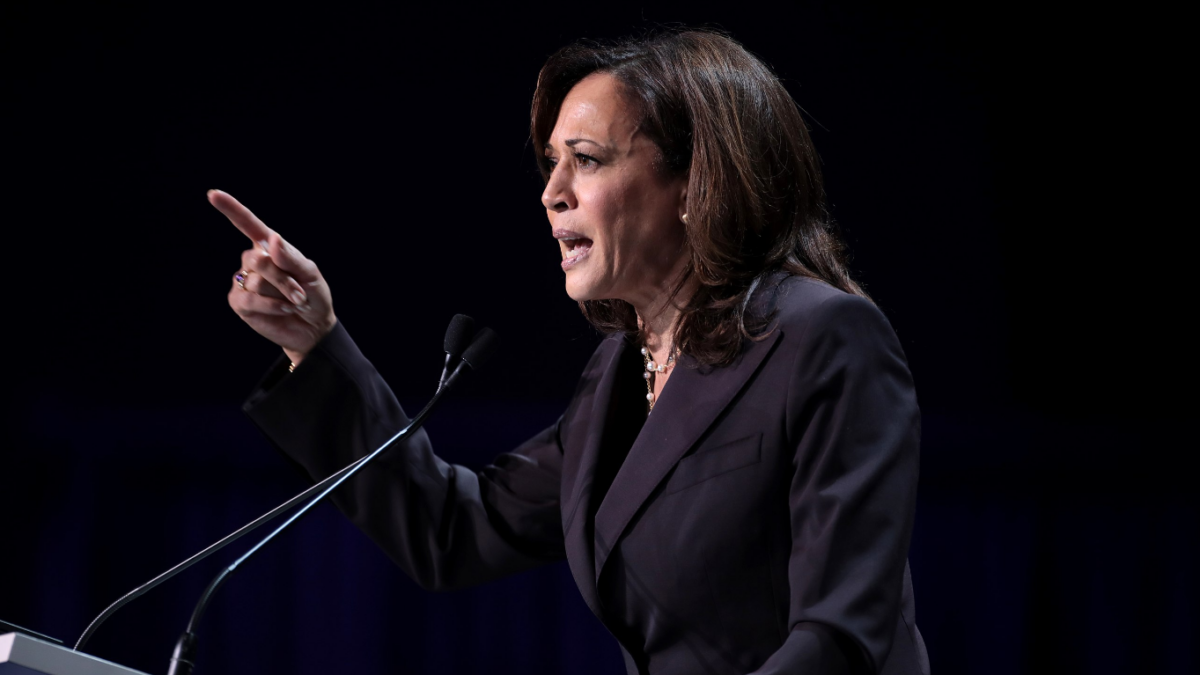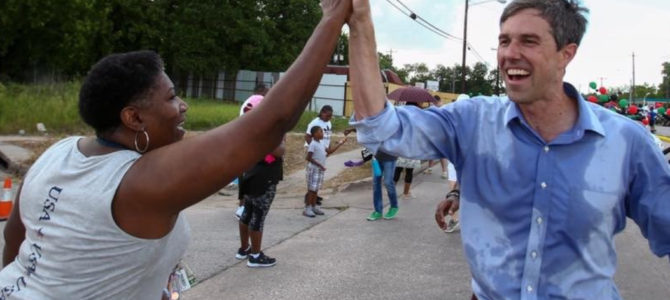
“Democrats Face a Generational Reckoning,” reads a recent headline at Vanity Fair. The early frontrunners for their party’s presidential nomination in 2020––Joe Biden (76), Bernie Sanders (77), and Elizabeth Warren (69)––are seen by many party activists in Iowa as too old for the job.
The Vanity Fair article’s author, Peter Hamby, argues that a younger nominee like Beto O’Rourke or Tulsi Gabbard would be better positioned to beat President Trump. His basic point is probably stronger than his argument for the advantages of youth.
Candidates like Biden or Warren do well in early polling mostly because they have strong name identification. It’s entirely possible, though, that a fresh face could emerge as the Democrats’ standard-bearer in 2020. As National Review’s Dan McLaughlin noted before the midterm elections, Democrats like younger nominees, and those candidates have a decent record:
A lot of the names getting floated as possible 2020 Democratic candidates are a whole lot older than most of the people Democrats have actually elected for the first time to the presidency, especially since 1860. When voters turn to Democrats, they want youth. pic.twitter.com/7abttXrbZN
— Dan McLaughlin (@baseballcrank) October 16, 2018
Moreover, Hamby observes that “Millennials are now the largest voting-age generation in the country, the biggest chunk of the U.S. labor force, the dominant taste-makers in our popular culture.” These demographics will matter, sooner or later. But 2020 is sooner rather than later, which may matter more.
Despite the raw numbers, the turnout rate for millennial voters is considerably lower than for other generations. In 2016, only 49 percent of eligible millennials voted, as opposed to 63 percent of Generation X, 69 percent of boomers, and 70 percent of older voters in the Silent and Greatest generations.
As the Pew Research Center’s Richard Fry has observed, “it will likely be a much longer time before [millennials] are the largest bloc of voters.” Compared with boomer voter turnout at similar ages, millennials would not be expected to hit their peak participation rate until 2024. Millennials’ 2016 turnout rate lags behind that of boomers not only in real time, but also at similar ages (albeit less so). A couple of possible reasons for this come to mind.
Millennials Don’t Fit the Caricature
First, Hamby notes that millennials “are not the caricature that has emerged online,” meaning that many of them “have kids” and “live in the suburbs.” But millennials are much less likely to be married than are prior generations, and are delaying parenthood on average. Hamby even acknowledges “they’re saddled with student-loan debt so crippling that an entire generation has to think twice before buying a sensible hybrid at CarMax, let alone a whole house like their parents.” Millennials’ unsettled lives will likely continue to drag on the generation’s turnout rate in 2020.
Second, millennials are much more likely to be members of racial or ethnic minorities than are prior generations. Pew estimates that boomers are 72 percent white, while millennials are 56 percent white. Minorities historically have significantly lower rates of voter turnout; this may change as more places have larger numbers of non-whites, but there is unlikely to be a sea change in turnout rates between now and 2020. And insofar as millennial voting patterns are largely a function of race, Hamby’s hope that generational politics might supersede identity politics in the 2020 Democratic primaries seems dubious.
Obviously, if fewer millennials vote, whether they are “the dominant taste-makers in our popular culture” will matter less politically. But there are deeper problems with the cultural argument.
Who Owns the Culture?
One of Hamby’s main theses is that “[t]he choice in the Democratic primary ultimately is about only one thing: who is best prepared to beat Trump at a time when Trump owns the culture? Someone who actually understands culture would be a start.”
Yet Hamby concedes that President Trump understands the culture of celebrity and the use of social media as well as a millennial would. What Hamby does not consider is that Trump’s use of Twitter is unpopular on a relatively bipartisan basis in these otherwise polarized times.
Hamby is not necessarily wrong. It could be that a Democrat might use social media in ways that are broadly popular, or that Trump’s tweeting aided him despite people not liking it. Alternatively, the contrast Democrats want to draw might not involve promoting a third consecutive celebrity presidency. This is likely a matter of overall candidate quality, of which age is but one factor.
Beyond native social media skills, there is a larger problem with seeking a candidate who “understands the culture.” There is just enough truth in the idea for the argument to gain traction in the political conversation. Yet the notion of “the” culture in America is flawed on more than one level.
In the most obvious sense, our current politics are largely about cultural conflicts. The prominence of these conflicts suggests there is not a single culture in America. To the degree that Hamby means popular culture, it should be understood that many people voted for Trump in 2016 as a slap in the face of “the” culture.
Moreover, even as the technologies of the Industrial Revolution––starting with telegraph and the Transcontinental Railroad––exerted a nationalizing influence on our people and politics, America remained multi-cultural. The North is not the South, the East is not the West, and the Great Lakes are not the Great Plains. Slavery, immigration, and migration within the country have shaped us in countless ways.
City life is not suburban life, which is not small town life, which is not rural life. If America had a single culture, the task of a candidate forging a majority of electoral votes would be much less formidable than it is.
Indeed, the technologies of the Information Revolution so central to the identity of millennials have roughly the opposite effect of the prior revolution. If our culture became more homogenized in the last century, it has become less so in this one. The fragmentation of “the” culture may explain why most millennials do not self-identify with their generational label as other generations do. Or perhaps it’s the embarrassing media image. Either raises questions about the importance of generational politics to millennials.
Nevertheless, it is important to remember that Hamby’s basic point about Democrats wanting a generational shift may well be correct. The last such election, pitting Bill Clinton against George H. W. Bush, was ostensibly about “the economy, stupid,” but it was also about the different cultures of the Greatest generation and the boomers. The next election might get just as ugly as 1992.


